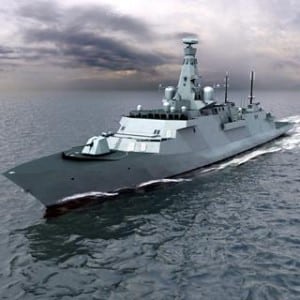
Canada selected the Lockheed Martin [LMT]-led team offering the Type 26 ship as its preferred bidder for the Royal Canadian Navy’s next naval ship, the Canadian Surface Combatant (CSC).Lockheed Martin partnered with BAE Systems to bid for the CSC with BAE's Type 26 Global Combat Ship (GCS). Other team partners include Canada’s CAE, L3 Technologies [LLL], Canada’s MBA, and Britain’s Ultra Electronics.Lockheed Martin beat out two other competitors: a team led by Alion Science and Technology offered the Dutch De Zeven Provincien-class frigate…

 By
By 











